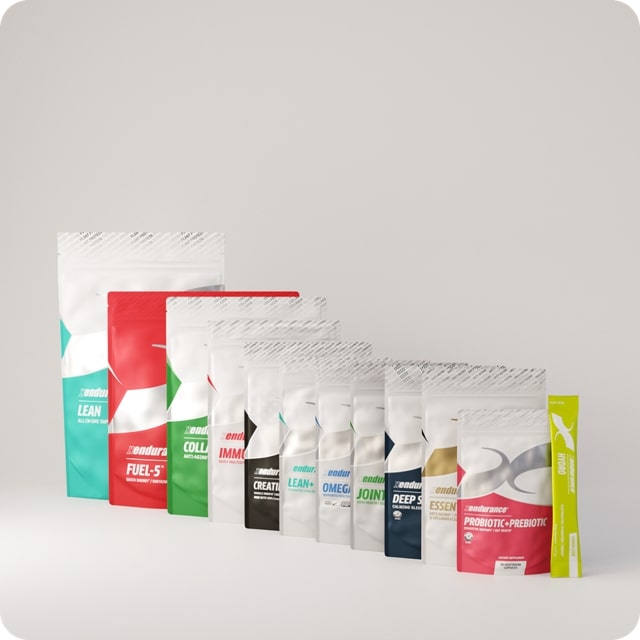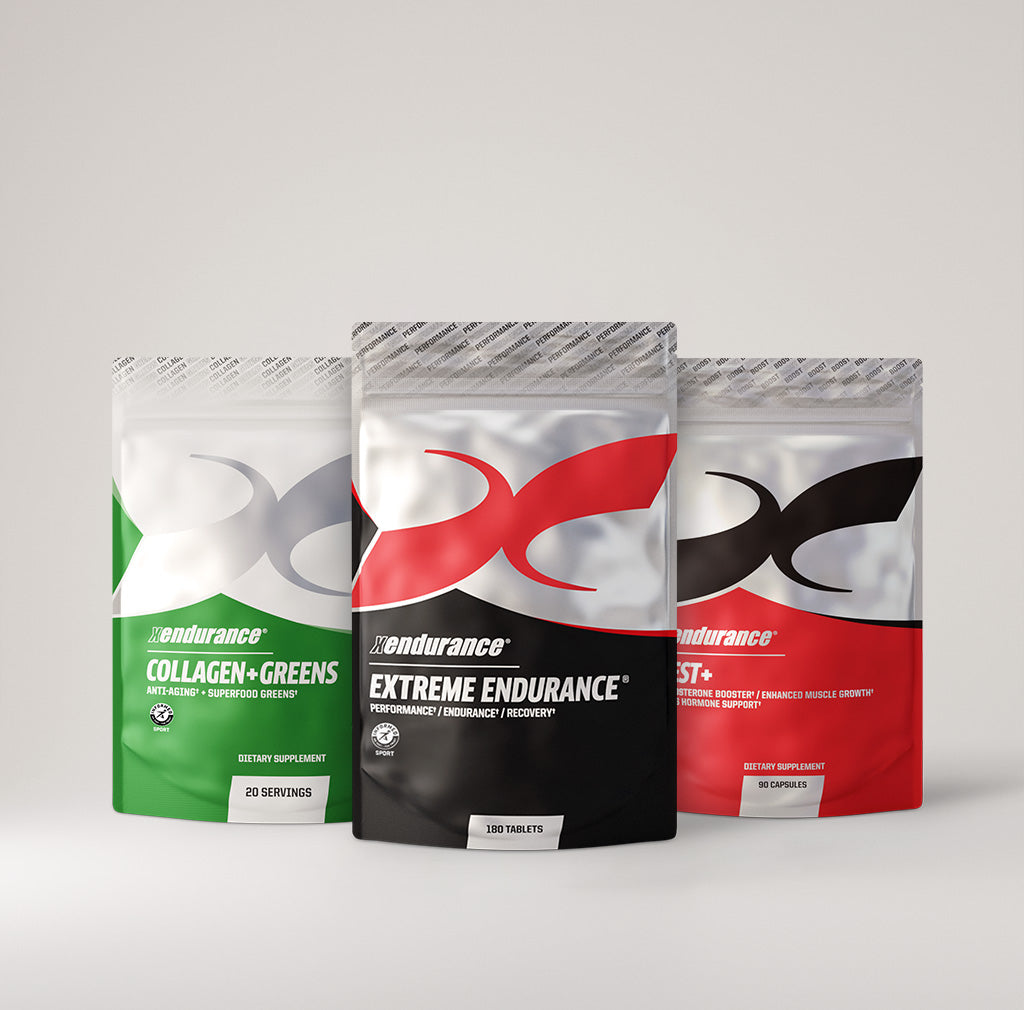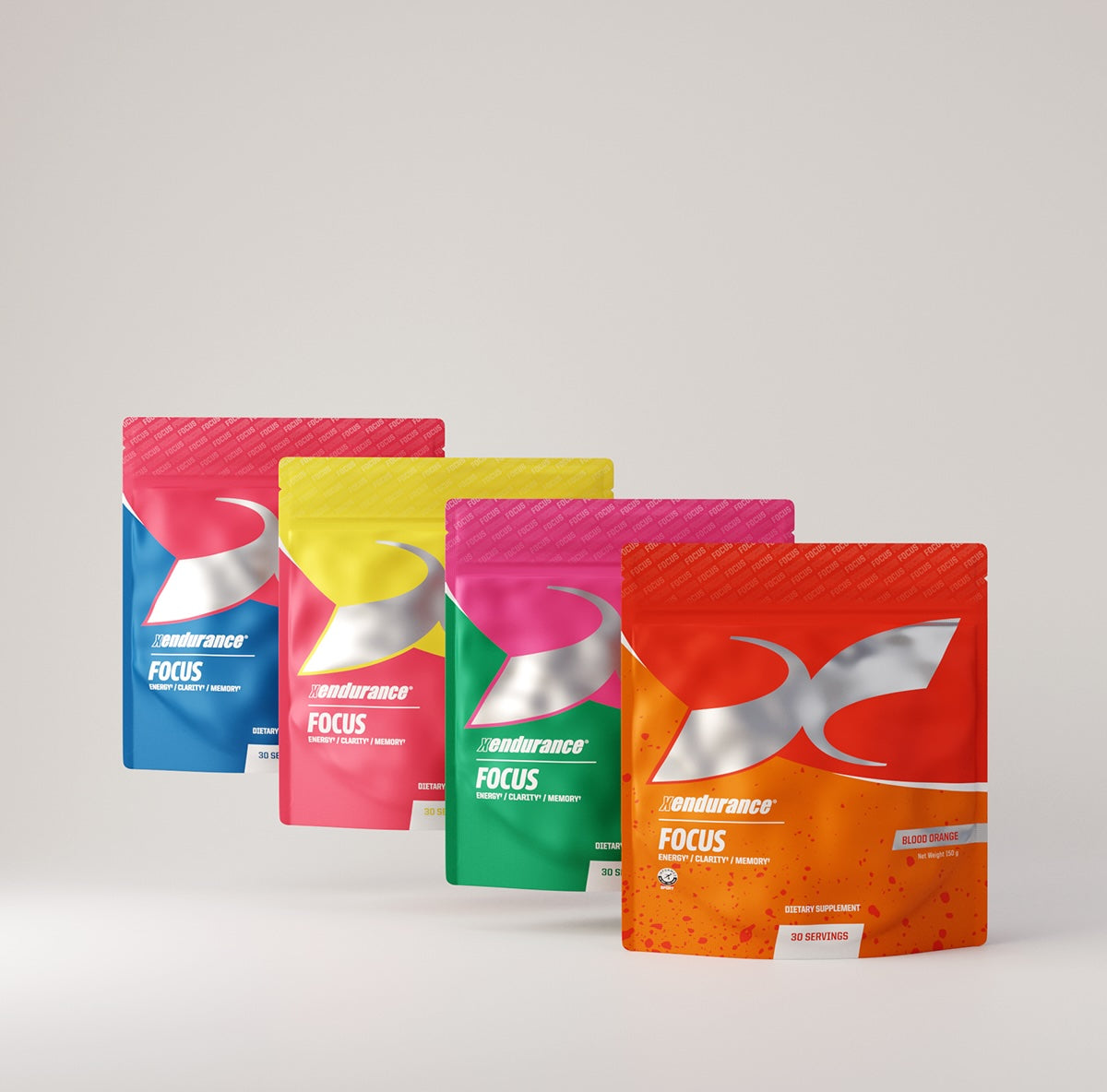As an athlete in any sport—whether you're pounding the pavement as a runner, spinning through miles on a bike, or stroking laps in the pool—optimizing your training is key to unlocking peak performance. Enter zone training, a science-backed method that uses your heart rate to divide workouts into targeted intensity levels. Far from a one-size-fits-all approach, zone training helps you train smarter, not harder, by aligning your efforts with specific physiological goals like building endurance, torching fat, or boosting your VO2 max.
Let’s break it all down: what zone training really is, the five core zones and their benefits, how to tailor them to goals like fat loss or VO2 max gains, the upsides and downsides, what athletes seek from it, and the solid science supporting it. Whether you're a weekend warrior or an elite competitor, understanding zone training can transform your routine.
What Is Zone Training?
Zone training, often called heart rate zone training, is a structured way to monitor and prescribe exercise intensity based on your heart rate (HR). It divides your effort into distinct "zones" as percentages of your maximum heart rate (MHR), which is roughly calculated as 220 minus your age (though lab testing for accuracy is ideal). These zones reflect how hard your heart is working and what energy systems your body is tapping into— from easy aerobic fat-burning to all-out anaerobic power.
The goal? To avoid guesswork. Instead of vague "go hard" sessions, you use a heart rate monitor (like a chest strap or smartwatch) to stay in the right zone for your objective. This method gained popularity in endurance sports but applies across disciplines, from triathlons to team sports like soccer, where interval bursts mimic game demands.
The Five Heart Rate Zones Explained
Most systems use five zones, each tied to a percentage of MHR. Here's the breakdown, including typical beats per minute (BPM) for a 30-year-old (MHR ~190 BPM—adjust for your age):
|
Zone |
% of MHR |
Example BPM (for 30yo) |
Intensity Feel |
Primary Energy Source |
|
Zone 1: Recovery |
50-60% |
95-114 |
Easy, conversational pace |
Aerobic (fat + carbs) |
|
Zone 2: Endurance |
60-70% |
114-133 |
Steady, can talk comfortably |
Aerobic (mostly fat) |
|
Zone 3: Tempo/Aerobic |
70-80% |
133-152 |
Moderate, talking in sentences |
Aerobic (carbs dominant) |
|
Zone 4: Threshold/Anaerobic |
80-90% |
152-171 |
Hard, short sentences only |
Anaerobic threshold (lactate buildup) |
|
Zone 5: Maximum |
90-100% |
171-190 |
All-out, no talking |
Anaerobic (phosphocreatine + carbs) |
These zones aren't arbitrary—they're linked to physiological thresholds like lactate (LT1/LT2) and ventilatory thresholds, where your body shifts fuel sources.
Benefits of Each Zone
Each zone targets unique adaptations. Here's what science says about mixing them into your training:
- Zone 1 (Recovery/Warm-Up): This is your "active recovery" sweet spot. Benefits include improved blood flow for muscle repair, reduced soreness, and a gentle calorie burn without stress. It's ideal post-hard workout or for beginners building consistency. Science shows it lowers cortisol (stress hormone) and enhances emotional regulation via better brain blood flow.
- Zone 2 (Endurance/Fat Burn): The gold standard for base-building. It boosts mitochondrial density (your cells' energy factories), enhances fat oxidation, and improves aerobic efficiency without fatigue buildup. You can sustain it for hours, making it perfect for long runs or rides. Studies link it to better endurance performance and recovery.
- Zone 3 (Tempo): Builds cardiovascular efficiency and lactate clearance. It sharpens your ability to hold a "comfortably hard" pace, like race tempo, while improving blood circulation to muscles and heart. Great for sport-specific stamina, but overdoing it (the "Zone 3 trap") can stall progress by blending recovery and intensity without full benefits.
- Zone 4 (Threshold): Targets your lactate threshold—the point where fatigue acids accumulate. Training here raises that threshold, delaying burnout and improving sustained power. It also spikes VO2 max indirectly. Sessions like 20-30 minute tempos yield big gains in race pace.
- Zone 5 (Maximum): Short, explosive efforts (e.g., 30-second sprints) that torch VO2 max—your body's oxygen uptake ceiling. It recruits fast-twitch fibers for speed and power, but it's taxing, so limit to 5-10% of training.
A balanced plan? Aim for 80% in Zones 1-2 (polarized training) and 20% in 3-5 for optimal gains.
Tailoring Zones to Your Goals: VO2 Max, Fat Loss, and More
Zones aren't one-size-fits-all—they adapt to objectives. Athletes tweak distributions based on needs:
- Fat Loss/Weight Management: Zone 2 reigns supreme, where fat is the primary fuel (up to 85% of calories burned from fat). It maximizes oxidation without spiking hunger hormones. Pair with Zone 1 for low-impact sessions. Studies show Zone 2 trumps higher zones for sustainable fat loss, as it preserves muscle and boosts metabolism long-term. For variety, add Zone 5 bursts to amp calorie burn.
- VO2 Max Improvement: Zones 4 and 5 are your weapons. Zone 4 builds threshold capacity, while Zone 5 directly hikes VO2 max by 5-10% with consistent intervals. Research confirms high-intensity work in these zones yields faster aerobic gains than steady-state alone. Zone 2 supports by enhancing recovery between max efforts.
- Endurance Building (e.g., Marathon, Cycling): Heavy Zone 2 (60-80% of volume) for aerobic base, with Zone 3 tempos for efficiency.
- Speed/Power (e.g., Sprinting, Team Sports): Emphasize Zones 4-5 for anaerobic power, using Zone 1 for recovery.
- General Health/Injury Prevention: Mix all zones to reduce overuse risk—Zone 1-2 for joint-friendly volume.
Track via apps like Strava or Polar for personalized thresholds.
Upsides of Zone Training
Why do athletes swear by it? Here's the payoff:
- Targeted Progress: Matches effort to goals, preventing "junk miles."
- Injury Reduction: Lowers overtraining risk by enforcing recovery.
- Efficiency: Builds base without burnout; elites like marathoners credit 80/20 splits for PRs.
- Personalization: Accounts for fitness level, weather, and fatigue.
-
Holistic Benefits: Improves heart health, metabolism, and even brain function.
Downsides of Zone Training
It's not perfect—here's the reality check:
- HR Variability: Heat, caffeine, sleep, or stress can skew readings, making zones unreliable.
- The Zone 3 Trap: Many default here, leading to plateaus without true intensity or recovery.
- Gear Dependency: Requires a monitor; beginners may over-rely on it, ignoring "feel."
- Not for All Sports: Less ideal for explosive, non-steady efforts like weightlifting.
-
Time-Intensive: Building base in Zone 2 demands volume, which busy athletes may lack.
Mitigate by cross-checking with RPE (rate of perceived exertion) or power metrics.
What Are Athletes Looking For in Zone Training?
Athletes turn to zones for precision and results. Runners seek faster race times via better thresholds; cyclists want sustained power for climbs; swimmers aim for efficient strokes.
Common quests:
- Polarization: Avoiding moderate efforts for polarized (easy/hard) gains.
- Recovery Optimization: Using Zone 1 to bounce back quicker.
- Goal-Specific Tweaks: E.g., ultra-runners load Zone 2; sprinters hit Zone 5.
- Data-Driven Insights: Apps reveal trends, like improving fat utilization.
Ultimately, it's about longevity—training that adapts to your body, not the other way around.
The Science Behind Zone Training
Zone training isn't hype; it's rooted in physiology. Key studies:
- Low-Intensity Dominance: A review found polarized training (high Zone 2, low high-intensity) outperforms moderate efforts, boosting VO2 max by 6-8% and time-to-exhaustion by 17%.
- Mitochondrial Magic: Zone 2 enhances fat metabolism and enzyme activity, per a 2025 study on endurance adaptations.
- Threshold Ties: Zones align with LT1 (Zone 2-3 shift) and LT2 (Zone 4), where lactate rises—training here delays acidosis.
- Brain Boost: All zones benefit cognition; Zone 1-2 reduce inflammation, while higher ones spike BDNF (brain growth factor).
- Health Outcomes: Regular zone work cuts cardiovascular risk by 20-30%, per cohort studies.
Bottom line: Science validates zones for endurance, but individual testing (e.g., VO2 max labs) refines them.
Zone In to Train Smart
Zone training empowers athletes to decode their bodies, blending art and science for breakthroughs. Start by calculating your zones, grab a monitor, and experiment—perhaps 3x weekly Zone 2 runs with one high-intensity session. Consult a coach for personalization, especially if new to this.
Ready to zone in? Your next PB awaits. What's your go-to zone, and why?









コメントを書く
このサイトはhCaptchaによって保護されており、hCaptchaプライバシーポリシーおよび利用規約が適用されます。